William Hawrelak Park, one of Edmonton’s most beloved public parks, officially closed this March 13, for a scheduled three-year rehabilitation project. The bulk of the work will be to revitalize underground infrastructure. Brad Watson, the Program Manager for the William Hawrelak Park Rehabilitation Project, details the necessity for its past due facelift. “For the park to be operational for all the festivals that it operates, as well as being operational in the winter, it requires a lot of that underground infrastructure that maybe people don’t realize.”
All the underground infrastructure is original to the park. It opened in 1967 over 40 years ago. “It’s reached its end of life, or exceeded it’s end of life, and it’s becoming a problem maintenance wise and operations wise,” says Watson.
The project is estimated to cost $133 million. Watson says “a significant part of the project is rehabilitation work and a lot of that rehabilitation work is underground…. It may not seem worth it because a lot of the money is going to infrastructure that’s underground.”
Although, he reiterates that just because Edmontonians will not see this work on the surface, it does not mean it is not important. “(The underground infrastructure is) not meeting the needs of the current events and the use that the park provides right now.” Part of the upgrades include adding gender-inclusive washrooms, as well as upgrading the current washrooms for year-round access.
Nestled in Edmonton’s river valley, the 68 hectares of green space, picnic areas, and trails have served Edmontonians and frequent festival goers for over forty years. Making the decision to close the park for three years, rather than a prolonged 10 year construction plan in phases elicited concerns. Last November, festival organizers like Jim Gibbon, the executive director of the Edmonton Heritage Festival told the Edmonton Journal he was advocating for the 10 year plan, as well as more cooperation between the city and festival organizers who depend on Hawrelak for the event space. But when it comes down to logistics, citizen safety, and finances, Watson maintains, “It just made more sense to shut it down completely and …shorten the duration and hopefully get it back up and running sooner than later so that people can have a better park experience.”
To prepare for the rehabilitation project, the city spent three years in the design phase. During this, the city hired a construction manager. Watson says a big part of the construction manager’s work is, “providing constructability reviews, ensuring that what we’re designing is feasible, and.. mitigating risks.”
The project will also be consulting with Indigenous peoples, archaeologists, and paleontologists. For instance, the project’s environmental impact assessment has identified sensitive areas, like areas close to the river, which will be under supervision from these experts once excavation begins on site. Through coordination with Edmonton’s Indigenous Relations Office, Watson says the project has identified, “14 area tribes that are interested in the work, and…we’ll have two people per day on site, while we’re digging in those areas.”
Above the surface, Edmontonians can expect to see other improvements to the park, like a new three to four metre wide shared-use path around the perimeter of the park. Public engagement highlighted a need for safety and security. Watson is looking forward to accommodating concerns with the path. “That’s probably gonna be the most exciting feature for us,” he says. The path will increase accessibility and connectivity throughout the park.
The playground is also on the list for a makeover. The idea of a new playground might be a sore spot for Edmonton families who have taken their children to the old playground for generations. Although he doesn’t have all the details, Watson can share that the plan for the new playground, “looks really engaging,” with many climbing and aerial features. “The design of it appears to be kind of mimicking trees in the area as well, so it may intentionally…blend into the trees just through design, ” he adds.
“First and foremost we recognize the importance of the park for the citizens of Edmonton and users around, and we recognize that it’s one of the most valuable parks that the city has to offer.” says Watson. “Obviously a lot of people will have sensitivities about this park. It’s a park that people are using for their physical and mental health.” Edmontonians will be comforted to know that despite Hawrelak Park’s closure, Watson and his team “are trying to keep as much of the perimeter trails available so that we do have connectivity between (other river valley parks).” Meanwhile, the city of Edmonton encourages those looking for a dose of that inner city escape into the river valley to explore other parks like Victoria Park, Emily Murphy Park, and Laurier Park.
Once the Hawrelak Park Rehabilitation project is complete, Watson expects the underground infrastructure’s lifespan to replenish and service Hawrelak for the next 50 to 60 years. “We appreciate people’s patience as we do this work and hopefully we’re providing a better user experience when they come back three years later.”
For more information, responses to FAQ’s, and monthly updates about the William Hawrelak Park Rehabilitation Project, check out city of Edmonton’s website here.
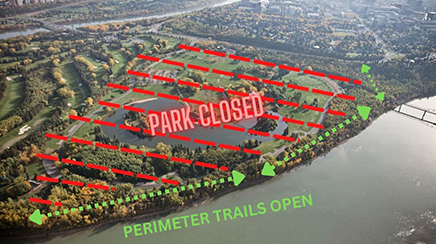

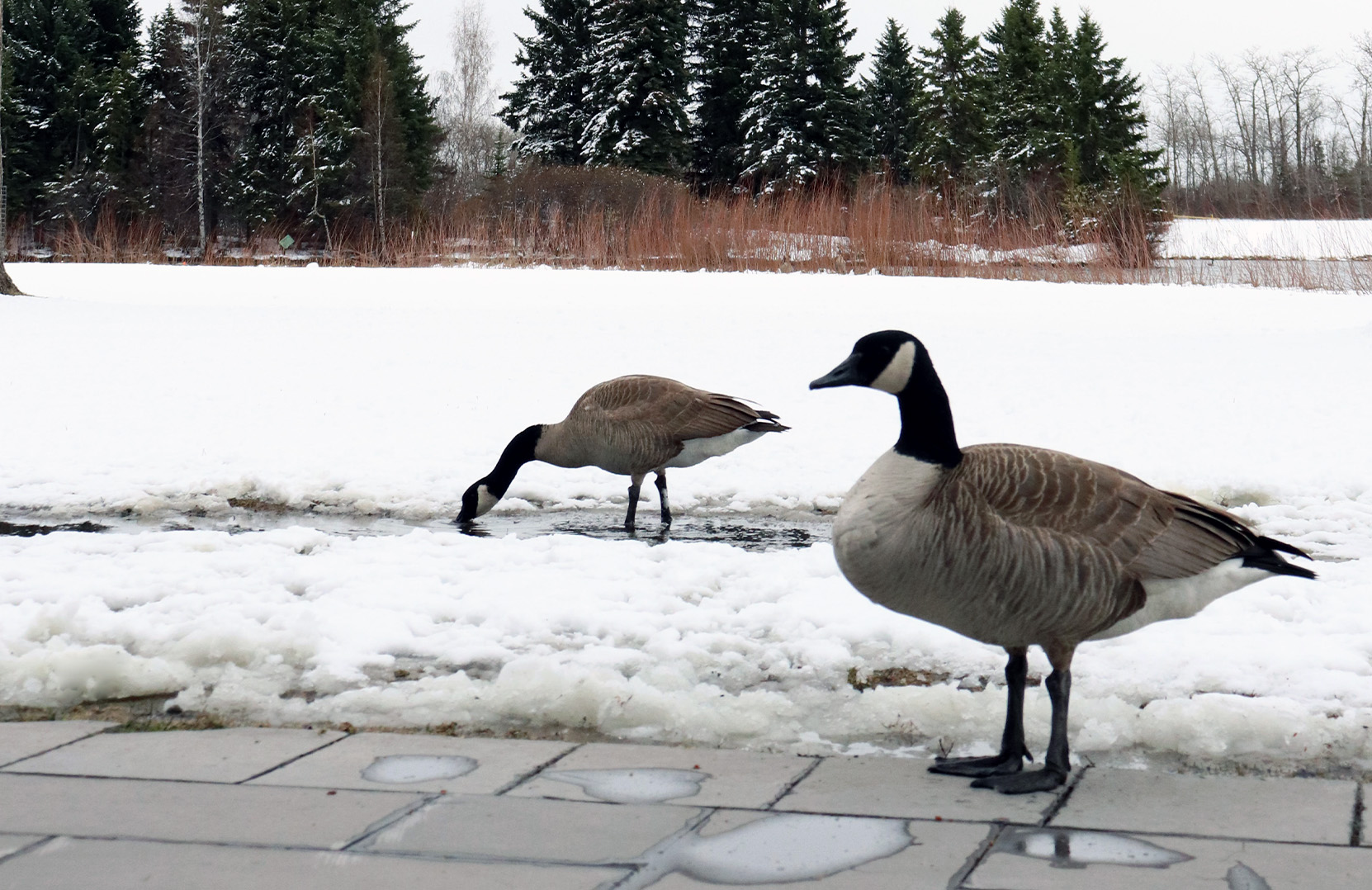
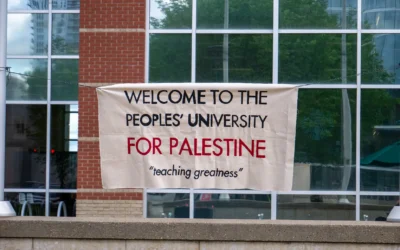
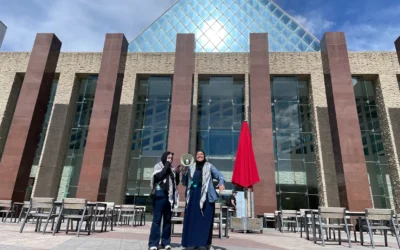
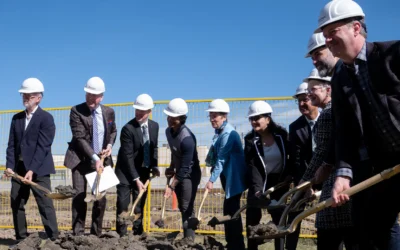
Excellent article! Very informative! Thanks!